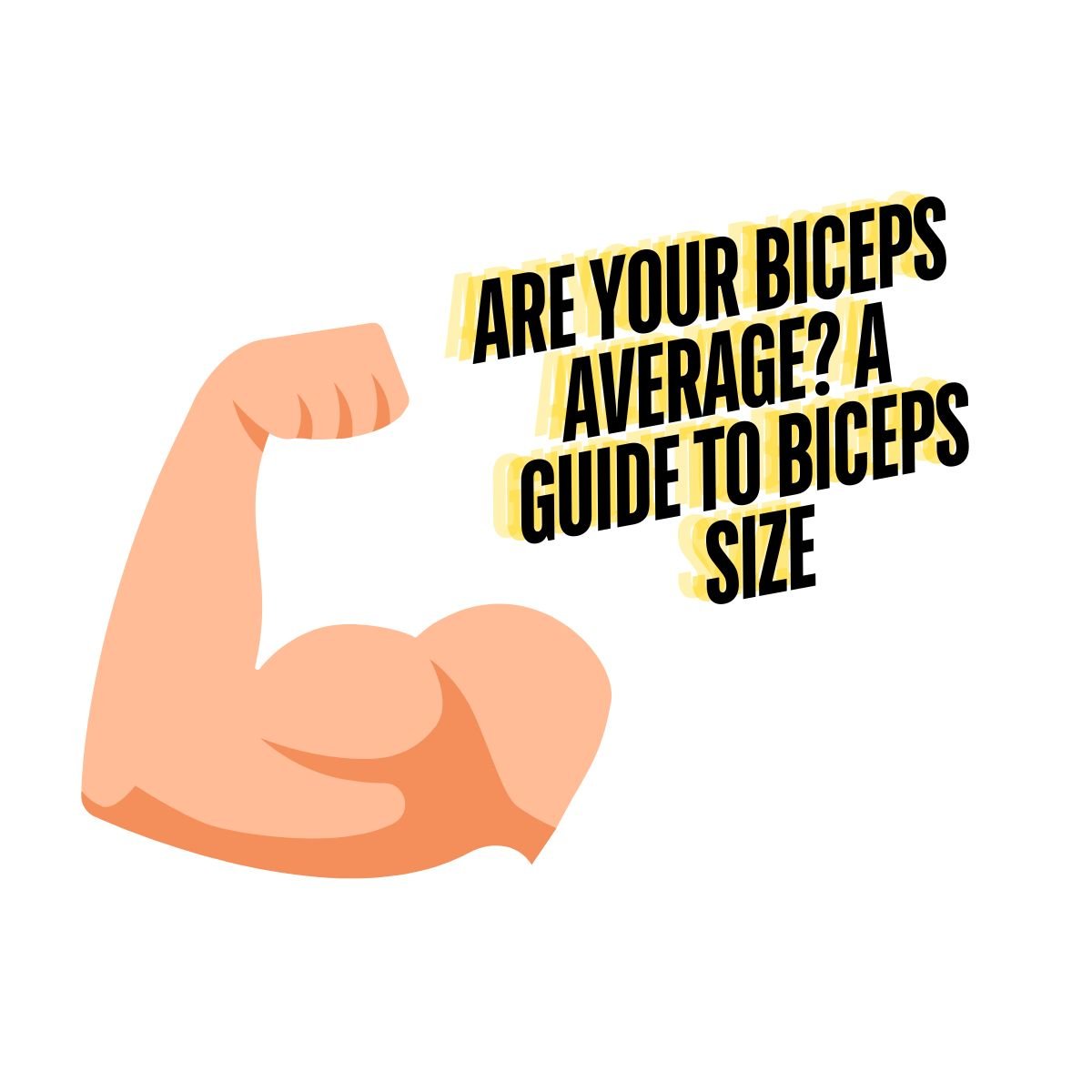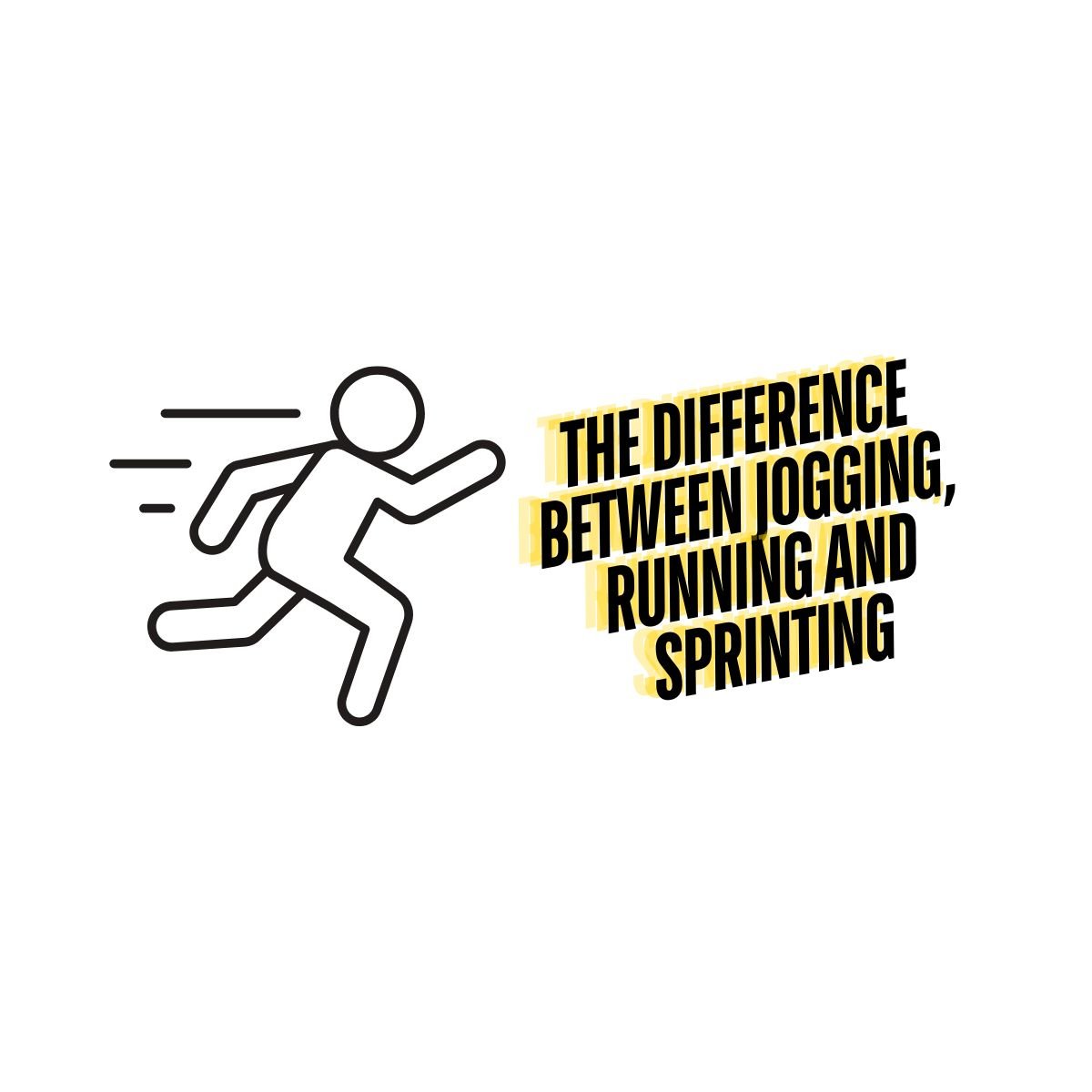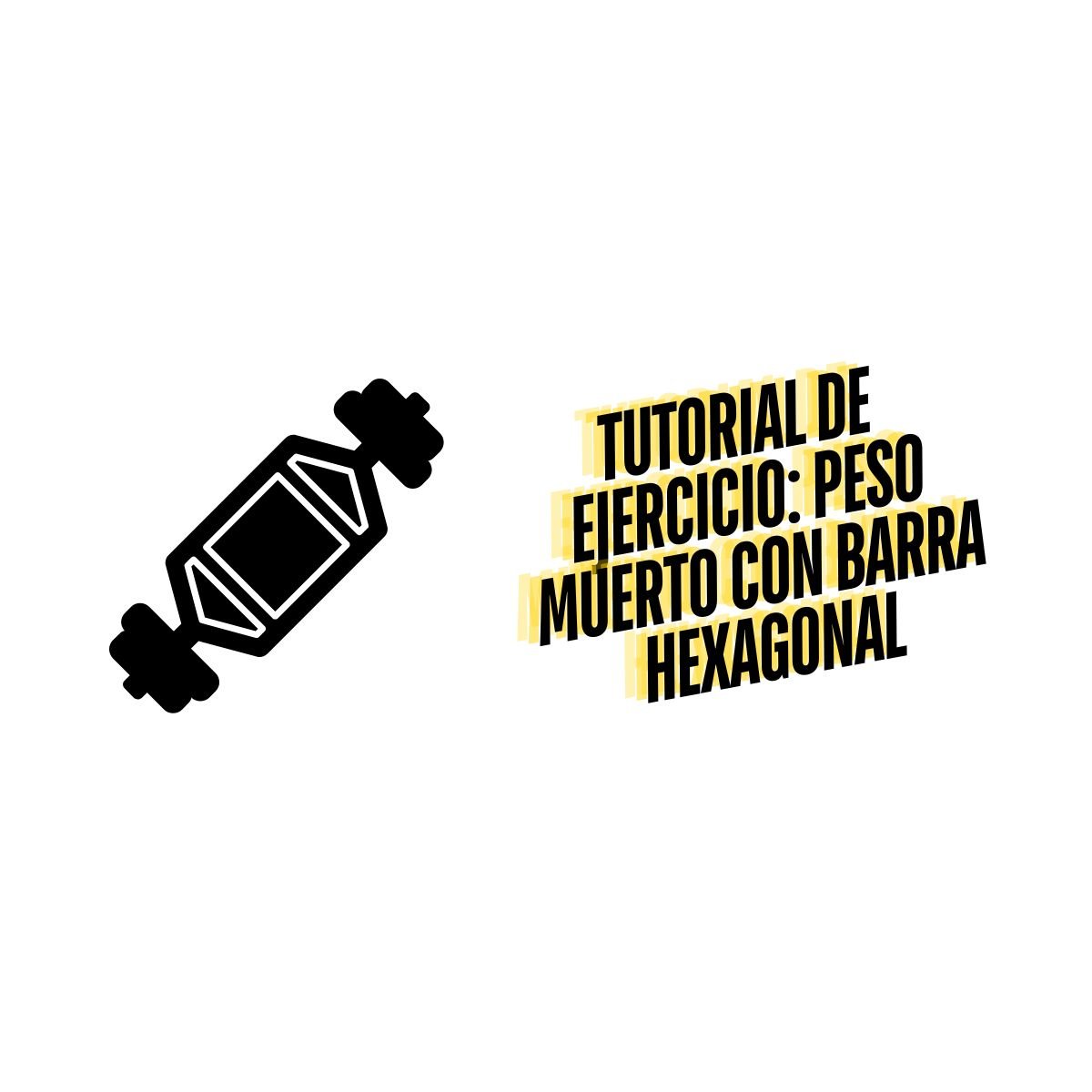Are Your Biceps Average? A Guide to Biceps Size
Created on: May 28, 2024
1st revision on: Oct 30, 2024
Table of Contents
Introduction
Biceps are often considered a symbol of strength and fitness, making them a focal point for many who work out. The size of one's biceps can influence overall aesthetics and is a common area of interest for those looking to improve their physique. Sleeve-busting biceps and those mountainous biceps peaks are really the eye-catcher and a dream for numerous people.
Factors Influencing Bicep Size
Genetics and Natural Muscle Development
Genetics plays a significant role in determining the size and shape of your biceps. Some people are naturally gifted to have larger muscles, while others might find it more challenging to develop their biceps. However, the biggest variable in biceps size is training.
Impact of Regular Exercise and Strength Training
Regular exercise, particularly strength training, can significantly enhance bicep size. Consistent workouts that focus on the biceps will lead to its hypertrophy. Nevertheless, the shape of the biceps is predetermined by genetics.
Differences in Diet and Nutrition
Proper nutrition is crucial for muscle development. A diet rich in protein, healthy fats, and carbohydrates provides the necessary fuel for muscle repair and growth. As Rich Piana said, you gotta eat big to get big.
Average Bicep Size
Bicep size varies widely between men and women. Here are the average bicep size across different age groups and sex according to the anthropometric data from the Centers for Disease Control and Prevention. Remember that these data do not take body fat and weight into consideration. People with higher subcutaneous fat will have larger measurements.
Female
| Age (years) | Mean Bicep Size (cm) |
|---|---|
| 20-29 | 31.5 |
| 30-39 | 32.8 |
| 40-49 | 33.3 |
| 50-59 | 32.8 |
| 60-69 | 32.4 |
| 70-79 | 32.0 |
| 80+ | 29.6 |
Male
| Age (years) | Mean Bicep Size (cm) |
|---|---|
| 20-29 | 34.1 |
| 30-39 | 35.9 |
| 40-49 | 35.6 |
| 50-59 | 34.8 |
| 60-69 | 34.4 |
| 70-79 | 33.2 |
| 80+ | 30.8 |
Variations Across Different Age Groups
As people age, muscle mass can decrease due to a decline in physical activity and hormonal changes, also known as muscle atrophy. Young adults often have the largest biceps, while older adults might see a reduction in muscle size unless they maintain a rigorous strength training routine.
How Lifestyle and Fitness Levels Influence These Averages
Active individuals and athletes usually have larger biceps compared to those who lead a sedentary lifestyle. Regular exercise and a healthy diet are key factors in developing muscle size and strength.
How to Measure Your Bicep Size
Proper Technique for Accurate Measurements
Use a flexible measuring tape.
Wrap the tape around the widest part of your bicep.
Ensure the tape is level and not too tight or loose. If you decide to flex your biceps, remember to do the same thing for the next measurement for consistency.
Tools Needed
A soft, flexible measuring tape is the best tool for measuring bicep size accurately. Avoid using rigid or metal tapes, as they can provide inaccurate readings.
Importance of Consistent Measurement Practices
Measure your biceps at the same time of day and under the same conditions each time for consistency. This practice helps track your progress accurately over time.
Comparison to Bodybuilding Standards
Average Bicep Size Among Bodybuilders and Fitness Enthusiasts
Bodybuilders typically have biceps that are significantly larger than the average person. Competitive bodybuilders often have biceps measuring 18 inches or more. Building 20-inch arms is a famous saying and goal for weight training enthusiasts to achieve.
How Professional Athletes' Bicep Sizes Differ From the General Population:
Professional athletes, especially those in strength-based sports, often have larger biceps due to their rigorous training programs and specific focus on muscle hypertrophy.
The Role of Specific Training Routines in Achieving Larger Biceps
Bodybuilders and athletes follow specialized training routines that emphasize progressive overload and muscle hypertrophy. Exercises like bicep curls, hammer curls, and concentration curls are staples in their routines. In addition, gymnasts are a great example of athletes who have big biceps, which is due to their chronic biceps-oriented training regimen.
Improving Bicep Size
Effective Exercises for Bicep Growth:
Bicep Curl: Classic movement that targets the bicep directly.
Hammer Curl: Works the bicep and brachialis for a fuller arm.
Machine Curl: Have a fixed path that promotes control and isolation.
Preacher Curl: Isolates the biceps the most out of all free-weight exercises.
Chin-Up: Compound exercise that emphasizes the back and biceps effectively.
Importance of a Balanced Workout Routine
While focusing on the biceps is important, a balanced routine that includes exercises for the entire body prevents imbalances and promotes overall muscle growth.
Role of Progressive Overload in Muscle Development
Progressive overload, which involves gradually increasing the weight or volume in your exercises, is crucial for continuous muscle growth. Ensure you are challenging your muscles with each workout to stimulate hypertrophy. Hit your biceps with great volume and different exercises and angles for maximum development.
Frequently Asked Questions Regarding Bicep Size
How Does Training Volume Correlate with Muscle Growth?
A study by Schoenfeld et al. found a dose-response relationship between weekly bicep training volume and muscle hypertrophy. For instance, performing 30 sets per week led to significantly greater bicep growth compared to lower volumes.
For example, athletes with shorter arms might show more muscle bulge, while those with higher fat percentages might have larger arm girth but less visible muscle definition. Imagine an overweight lady with a significant amount of fat; her arm circumference could be larger than a bodybuilder's, yet it’s primarily due to fat, not muscle! The main factor contributing to bicep size is being a mesomorph, but there's not too much sense in focusing on factors you cannot control.
The bicep is a relatively small muscle group, and distinctive growth can take years. If you want to have large biceps, you should adopt a long-term vision. You should measure your progress no more often than once a month, and celebrate even small gains, such as a 1-2 mm increase. Focus on compound exercises, and as your larger muscle groups grow, your biceps will naturally increase in size as well. Do not skip leg days because leg exercises are the biggest testosterone boosters, and the more testosterone you have, the better your muscles grow (including biceps).
Sergii Putsov, Head of Sport Science, PhD, Warm Body Cold Mind
What Is the Average Bicep Size, and What Factors Influence It?
The average bicep size can vary significantly depending on factors like age, gender, body composition, and ethnicity. For example, a dataset from the U.S. reports the following average bicep sizes for men:
- Ages 20-29: 13.3"
- Ages 30-39: 13.8"
- Ages 40-49: 13.9"
- Ages 50-59: 13.5"
- Ages 60-69: 13.4"
Taller individuals with longer limbs may have biceps that appear smaller even if they have the same circumference as someone with shorter limbs. Additionally, a higher body fat percentage will increase the measurement of the biceps due to the added volume of fat. Anatomical variations, such as the length of the muscle belly, also play a role—shorter muscle bellies often create a more prominent peak, while longer muscle bellies may look "flatter."
Genetics certainly play a huge role in muscle appearance and growth potential. My first recommendation is to manage expectations—muscle growth is a slow process; see if you've added circumference in 2-3 months. Increasing training volume by adding more weekly sets is my go-to to stimulate growth. Redistributing these sets more evenly across the week may become necessary to manage fatigue.
Piotr Lewandowski, Physiotherapist & Exercise Scientist, Sports Physio Online







